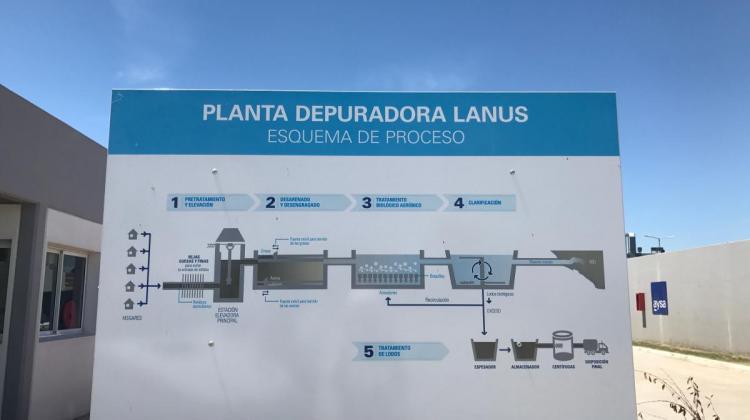Infrastructure: implications for local governance of the rise of an asset class for urban development

While joint public and private investment in infrastructure is centuries old, interest in infrastructure as a quasi-asset class has rapidly diversified since 2000. The rise of new agents of development assistance, the growth of dedicated infrastructure funds within the private investment community, and the impact of decades of efforts to devolve financial responsibility—particularly for basic services—to local governments means that some cities are well positioned to leverage increased demands for infrastructure investment vehicles, but also that cities are more vulnerable to the whims and priorities of this widening portfolio of actors in infrastructure finance. This project examines macro trends in infrastructure investment at a global scale, paying particular attention to basic service infrastructures within the urban environment. While the analysis provides broad insights into sectoral preferences according to actor classes across global regions, the focus of substantive inquiry is on how sectoral preferences within infrastructure, investor typologies, and financial mechanisms of investment used together influence urban development potentialities within cities of the global South. Who gains and who losses when infrastructure is the new asset class of choice for highly mobile capital? What are implications for governance when financial actors involved in infrastructure development are divorced from local accountability and infrastructure sustainability? Leveraging datasets on infrastructure finance from the private sector, publicly available data on loans, grants, and credits for infrastructure from major international financial organizations, and critical case studies of urban infrastructure in the global South, these are some of the questions this project explores.


